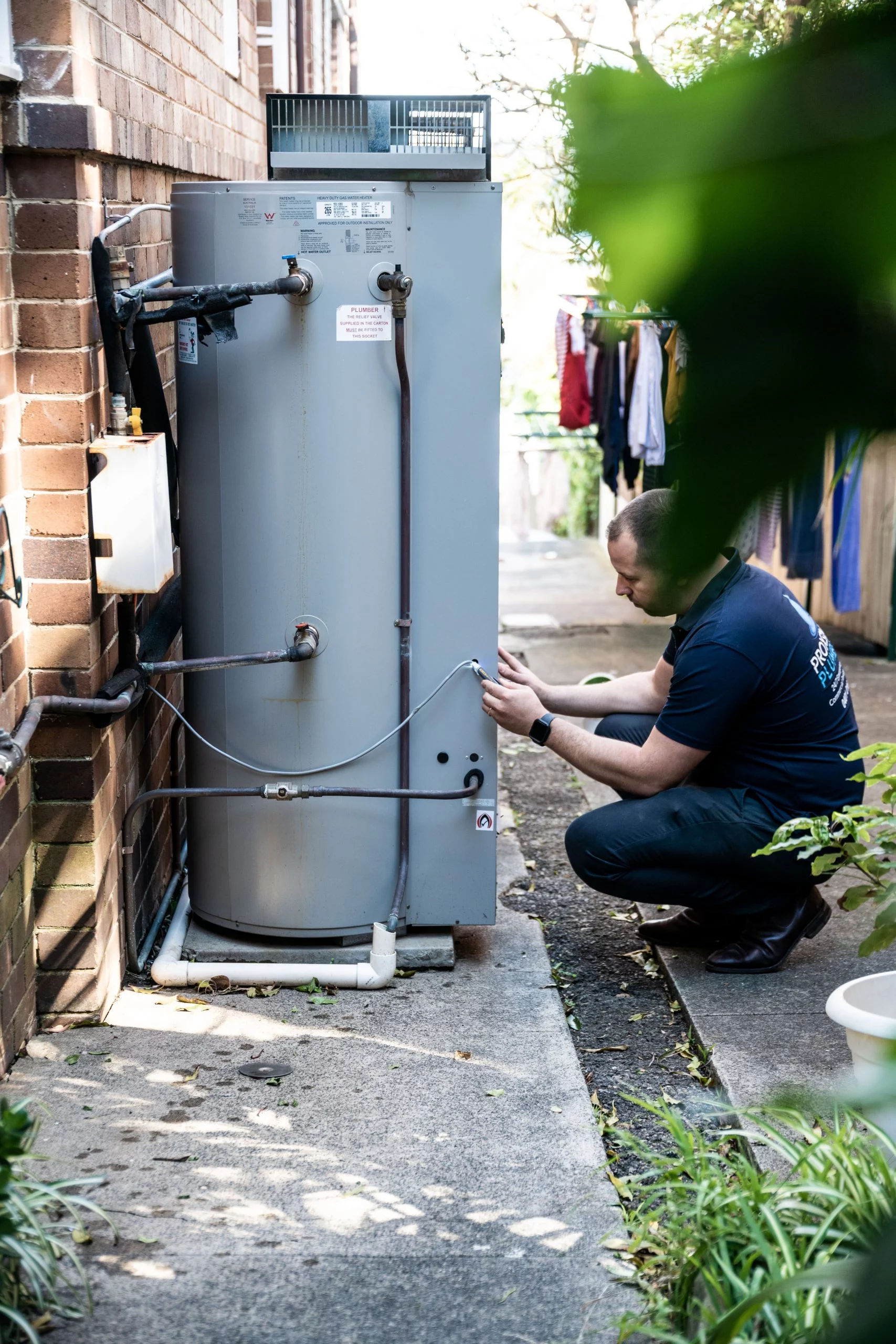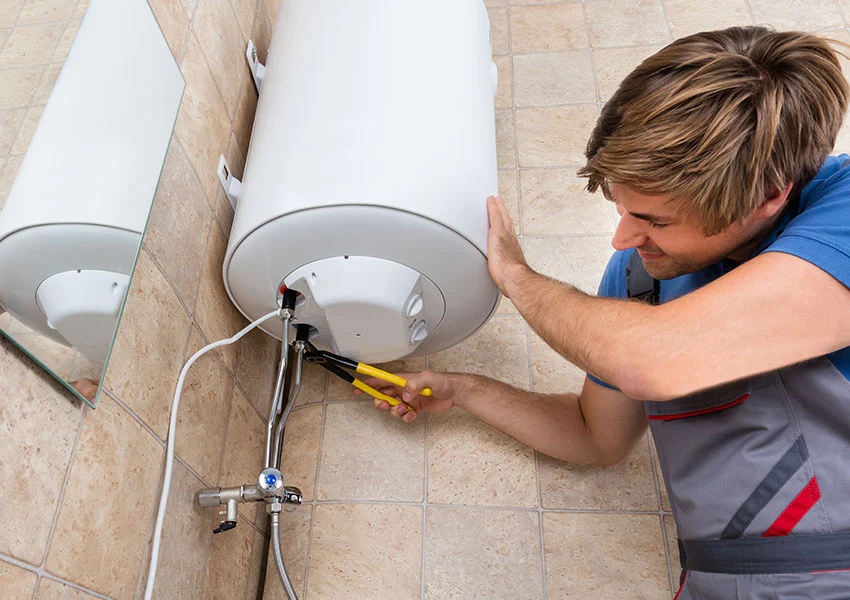Simple Steps to Caring for Your Home's Hot Water System
Simple Steps to Caring for Your Home's Hot Water System
Blog Article
Each person has their own way of thinking when it comes to What Kind of Maintenance Do Water Heaters Need?.

Hot water is necessary for daily comfort, whether it's for a revitalizing shower or washing meals. To guarantee your hot water system runs effectively and lasts much longer, regular maintenance is vital. This article supplies useful ideas and insights on just how to maintain your home's hot water system to stay clear of interruptions and costly fixings.
Introduction
Preserving your home's hot water system may appear difficult, however with a couple of basic steps, you can ensure it operates smoothly for several years to find. This overview covers everything from comprehending your hot water system to DIY maintenance ideas and recognizing when to hire expert aid.
Significance of Maintaining Your Warm Water System
Normal maintenance not just prolongs the life-span of your warm water system yet also ensures it operates effectively. Disregarding upkeep can lead to decreased effectiveness, higher energy expenses, and also early failure of the system.
Indications Your Warm Water System Demands Upkeep
Recognizing when your warm water system requires attention can prevent major problems. Watch out for indications such as irregular water temperature, odd sounds from the heating unit, or rustic water.
Flushing the Water Heater
Flushing your water heater removes sediment buildup, improving efficiency and prolonging its life.
Checking and Replacing Anode Rods
Anode poles protect against deterioration inside the container. Evaluating and changing them when worn is vital.
Facility Problems Needing Expert Help
Instances consist of significant leaks, electrical problems, or if your hot water heater is continually underperforming.
Regular Expert Maintenance Benefits
Specialist upkeep can include comprehensive evaluations, tune-ups, and ensuring conformity with safety and security requirements.
Examining and Adjusting Temperature Level Setups
Changing the temperature setups guarantees optimal efficiency and safety and security.
DIY Tips for Maintenance
You can execute a number of maintenance jobs yourself to maintain your warm water system in top problem.
Checking for Leakages
Consistently check pipes and links for leaks, as these can lead to water damages and higher expenses.
Understanding Your Warm Water System
Prior to diving right into maintenance tasks, it's handy to comprehend the basic parts of your hot water system. Typically, this consists of the water heater itself, pipelines, anode rods, and temperature level controls.
Monthly Maintenance Tasks
Regular regular monthly checks can help catch small problems prior to they escalate.
Checking Pressure Alleviation Valves
Testing the stress safety valve ensures it operates correctly and stops excessive stress build-up.
Protecting Pipelines
Insulating warm water pipelines decreases warmth loss and can save energy.
When to Call a Specialist
While DIY maintenance is valuable, some issues require specialist know-how.
Verdict
Regular maintenance of your home's warm water system is essential for effectiveness, durability, and price financial savings. By adhering to these ideas and knowing when to seek expert assistance, you can make certain a dependable supply of warm water without unanticipated disruptions.
How to Maintain an Instant Hot Water Heater
Before tinkering with your hot water heater, make sure that it’s not powered on. You also have to turn off the main circuit breaker and shut off the main gas line to prevent accidents. Also turn off the water valves connected to your unit to prevent water from flowing into and out of the appliance. 2. When you’re done, you have to detach the purge valves’ caps. These look like the letter “T†and are situated on either side of the water valves. Doing so will release any pressure that has accumulated inside the valves while at the same time avoid hot water from shooting out and burning your skin. 3. When the purge valves’ caps are removed, you have to connect your hosing lines to the valves. Your unit should have come with three hoses but if it didn’t, you can purchase these things from any hardware or home repair shops. You can also get them from retail stores that sell water heating systems. Read the user’s manual and follow it to complete this task properly. When the hosing lines are connected, open the purge port’s valves. 4. You should never use harsh chemical cleaners or solutions when cleaning your unit. Make use of white vinegar instead. It should be undiluted and you’ll probably use about 2 gallons. 5. Now flush your water heater. This task should probably take about 40 minutes. We can’t give you specific directions for this because the procedure is carried out depending on the type, model and brand of your heater. With that being said, refer to the user’s manual. 6. When you’re done draining the unit, you have to turn off the purge port valves again. Remove the hosing lines that you earlier installed on each of the water valves. Put the valve caps (purge port) back in their respective places and be very careful so as not to damage the rubber discs that are found inside these caps. 7. Now that everything’s back in place, check your user’s manual again to find out how to reactivate your water heating system. 8. Once it is working, turn one of your hot water faucets on just to let air pass through the heater’s water supply pipes. Leave the tap on until water flows smoothly out of it. https://www.orrplumbing.com/blog/2014/september/how-to-maintain-an-instant-hot-water-heater/

We had been made aware of that report on How to Maintain a Hot Water Heater in a Few Simple Steps from a pal on our other blog. Do you know about anybody else who is very much interested in the topic? Please feel free to promote it. Many thanks for taking the time to read it.
Further Details Report this page